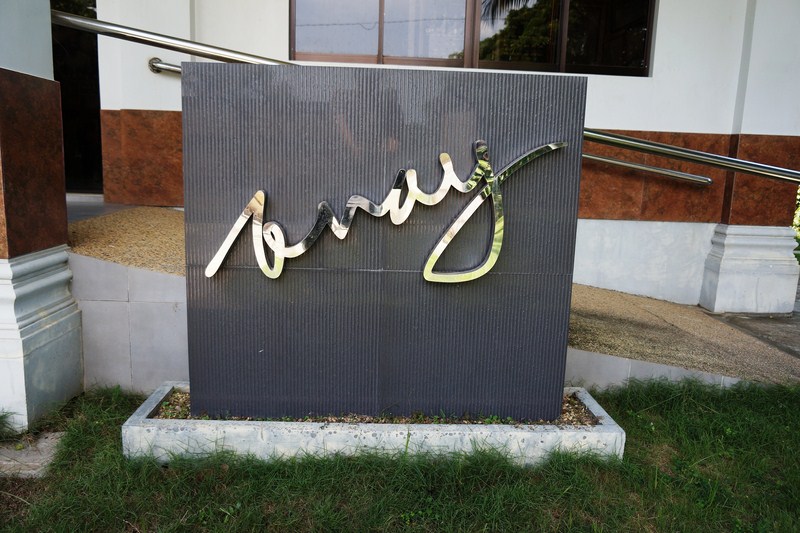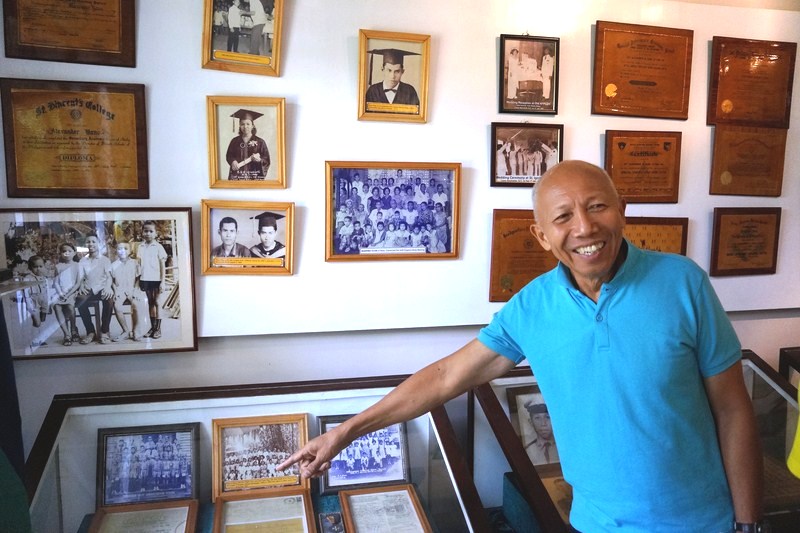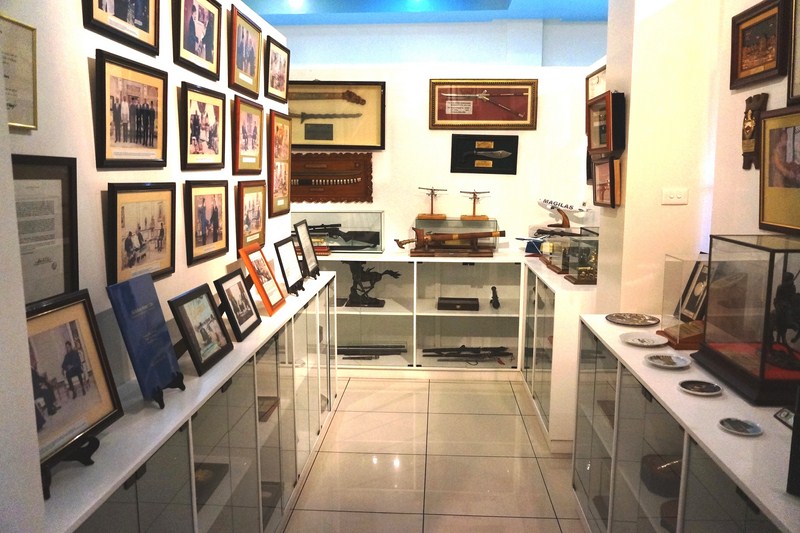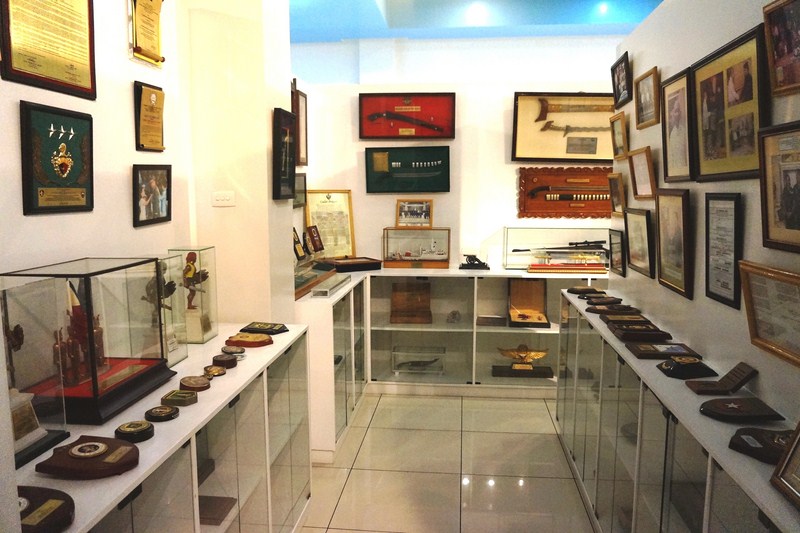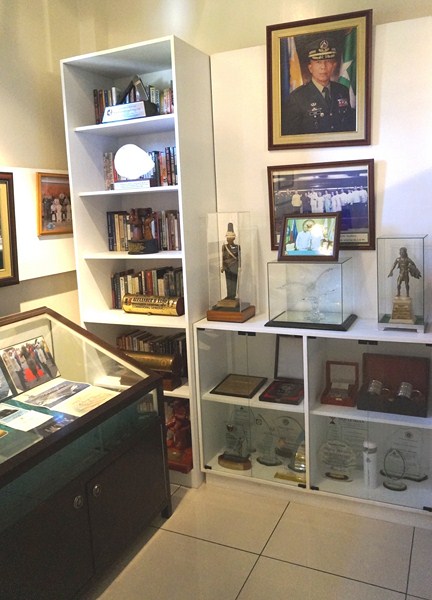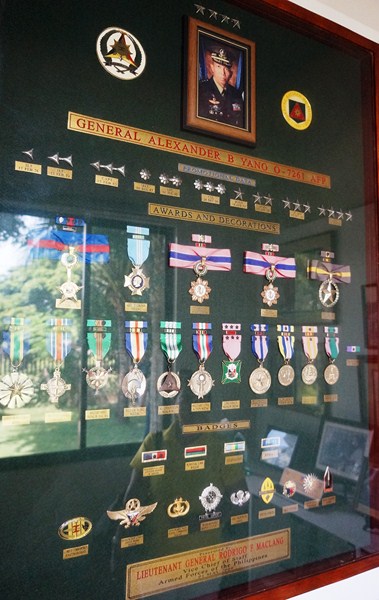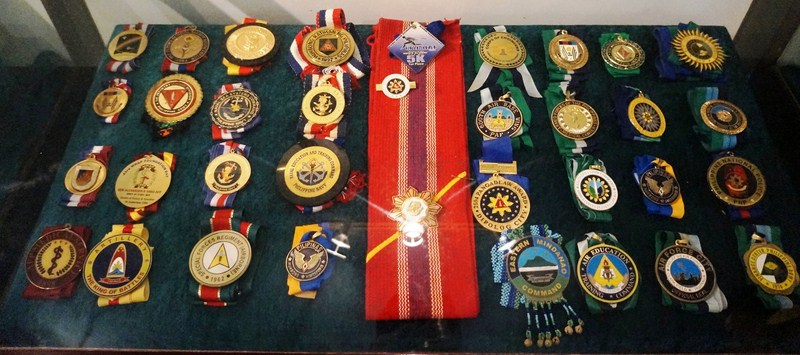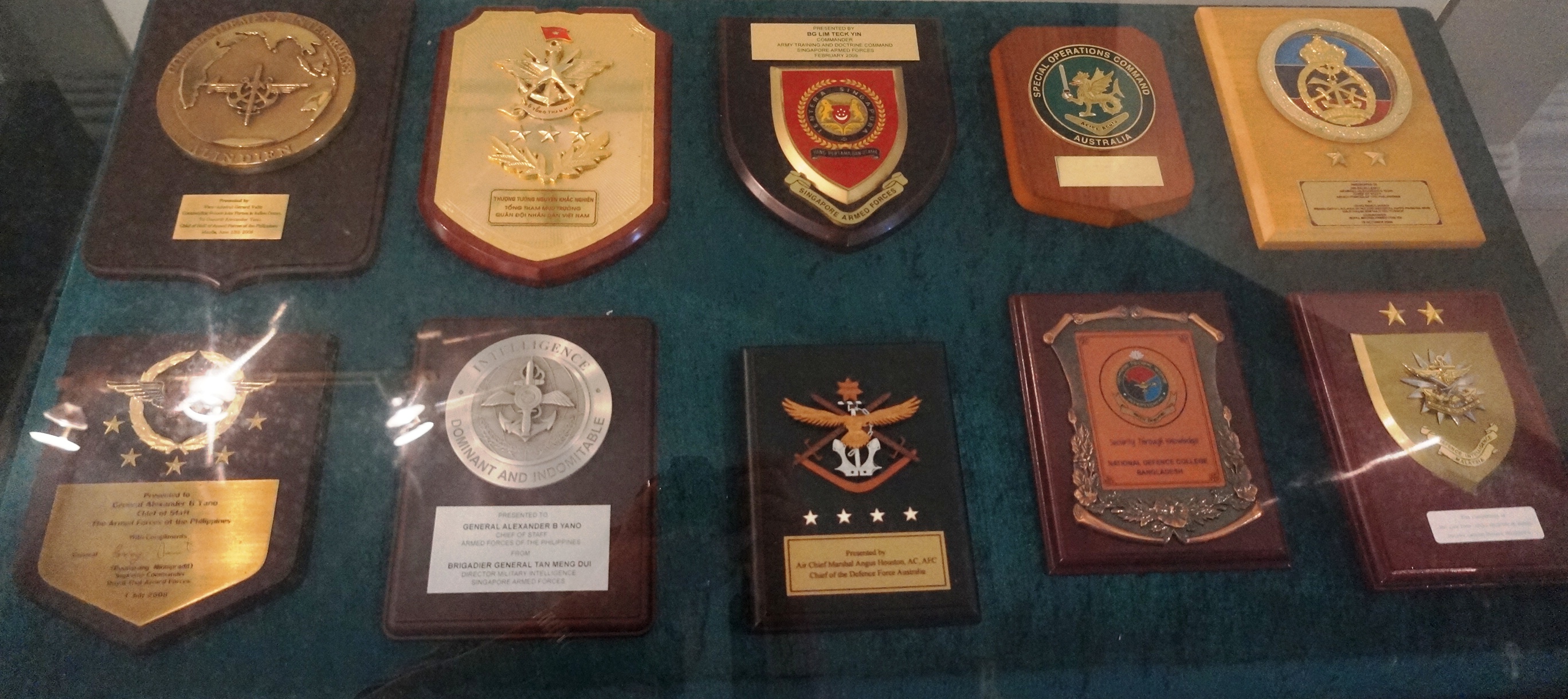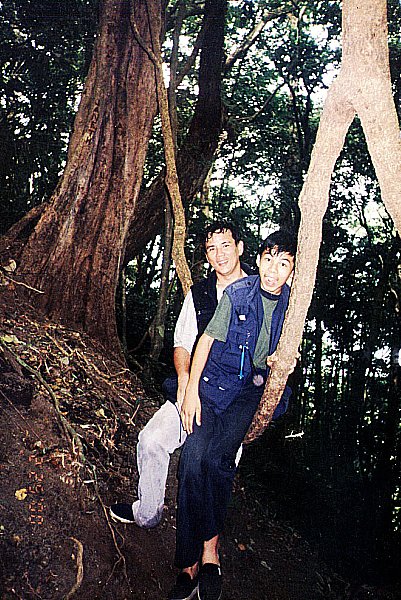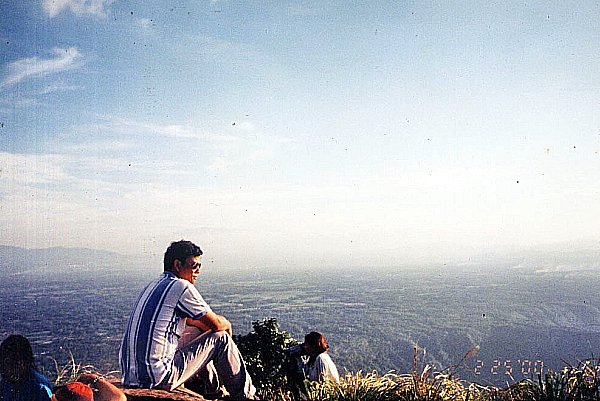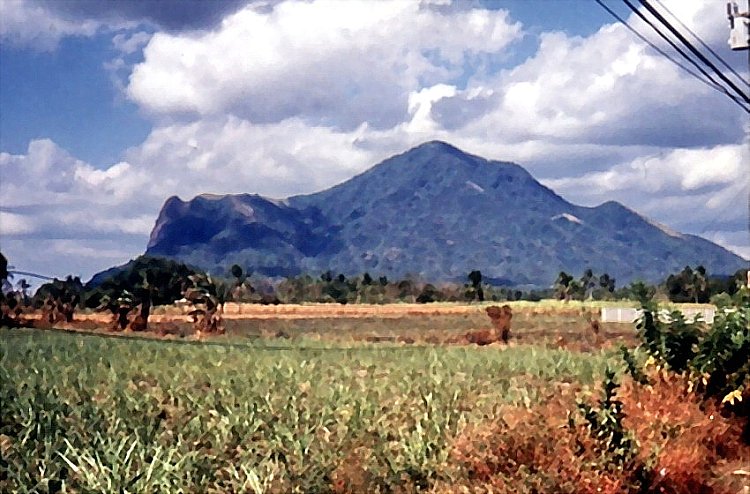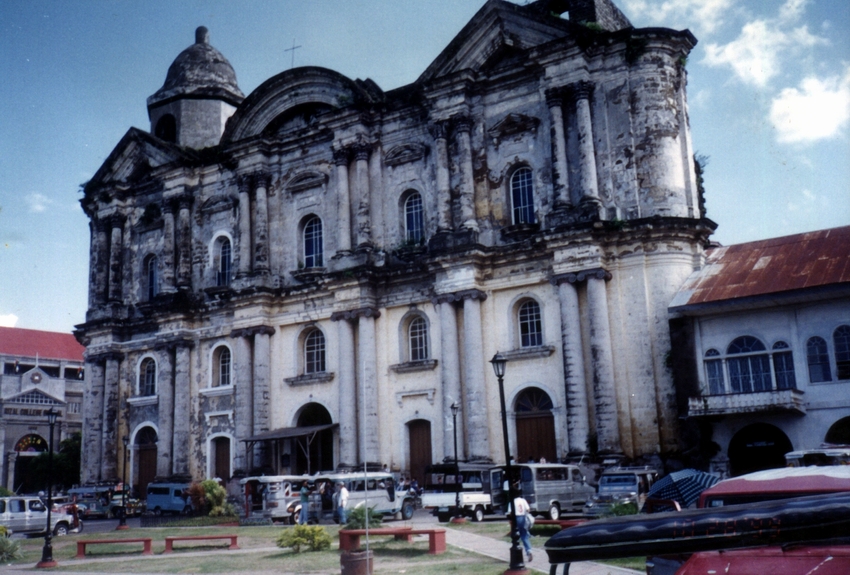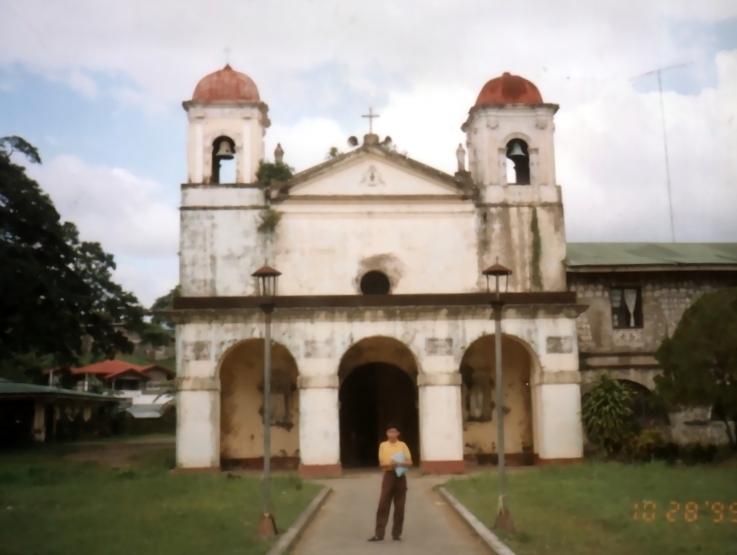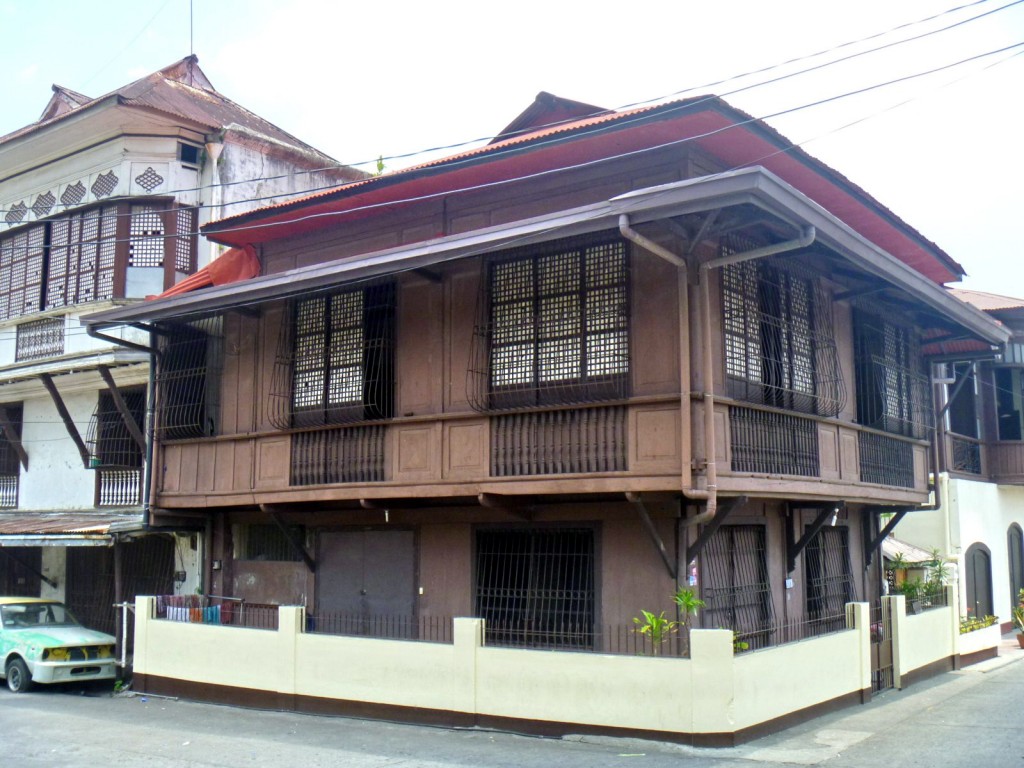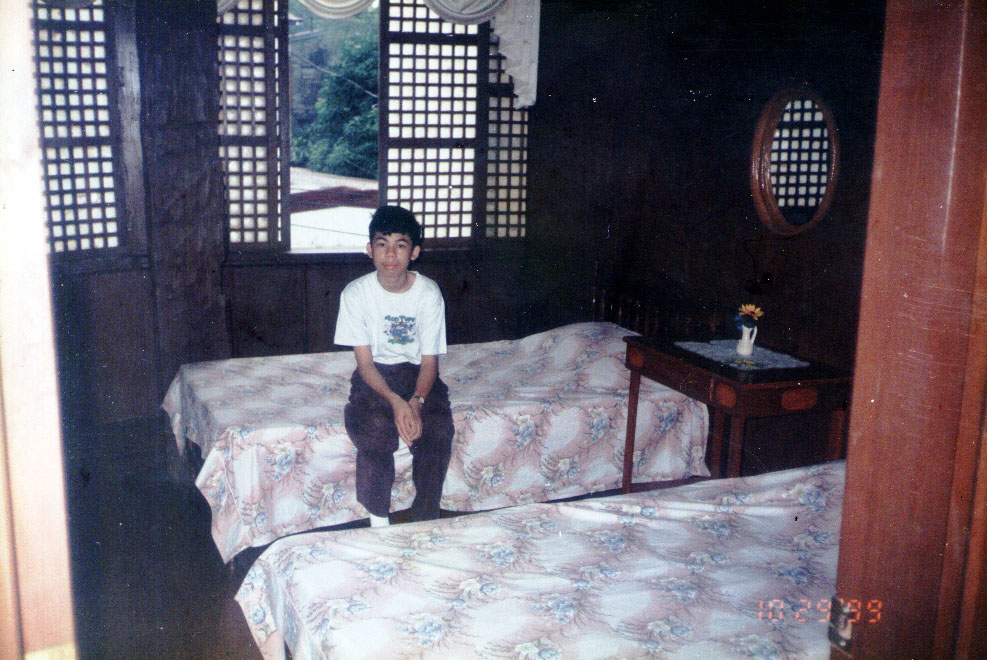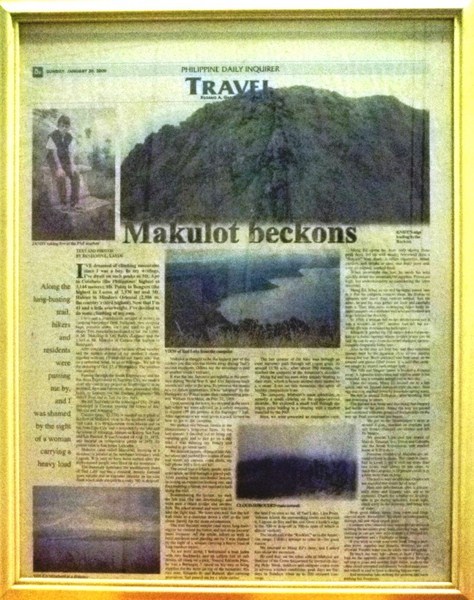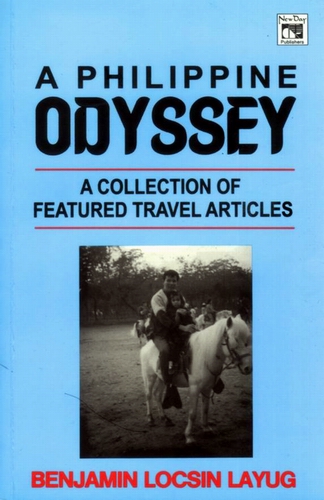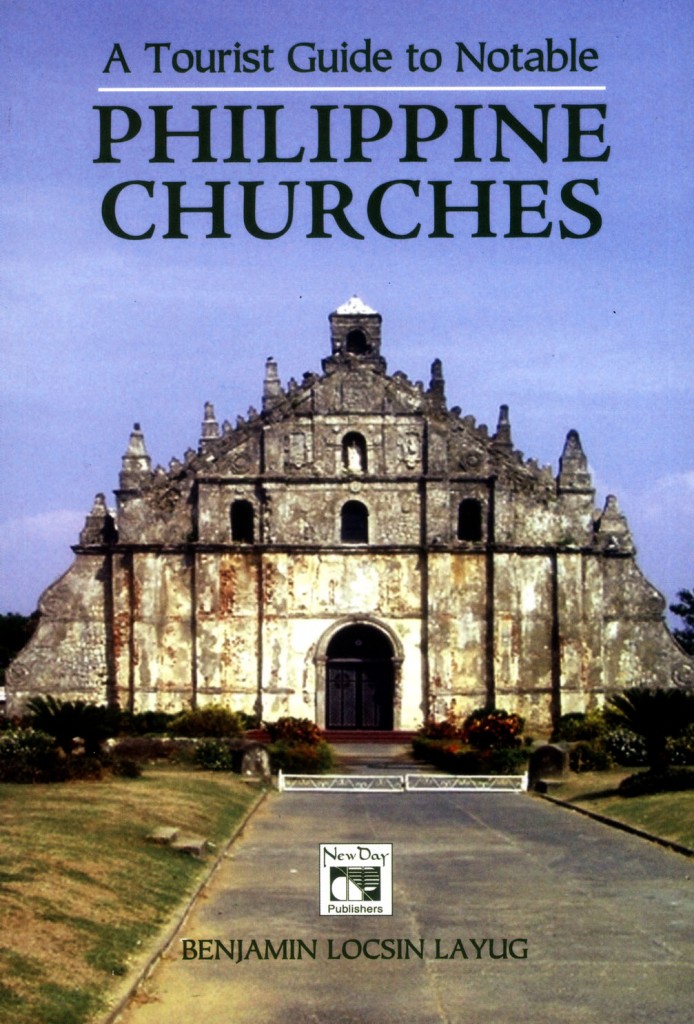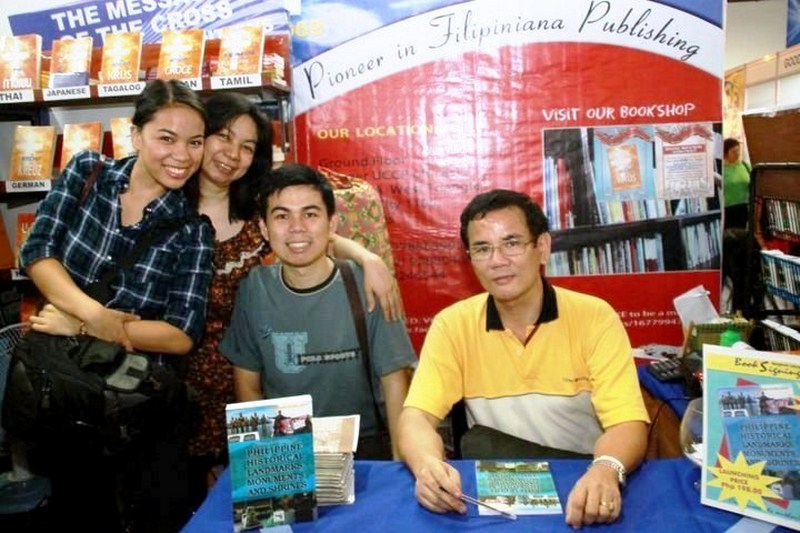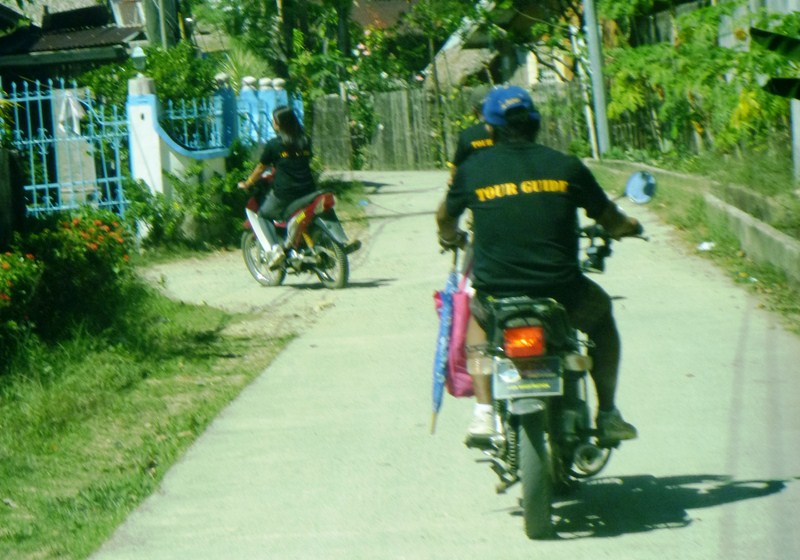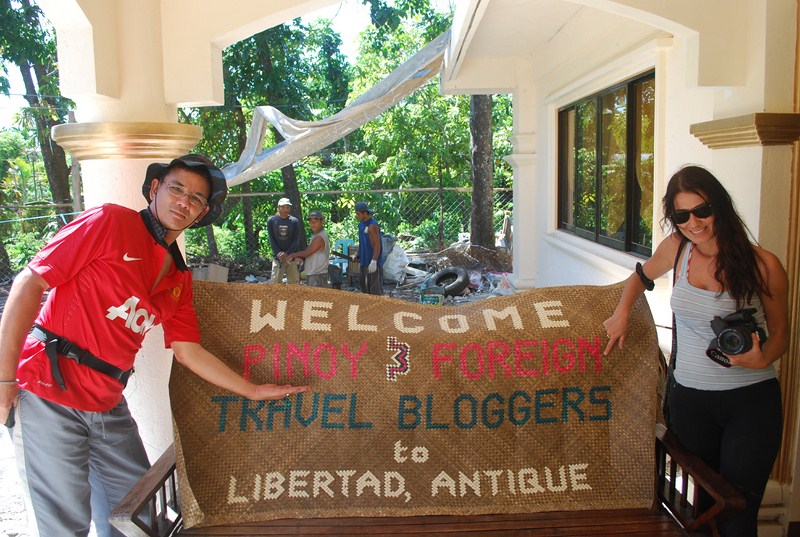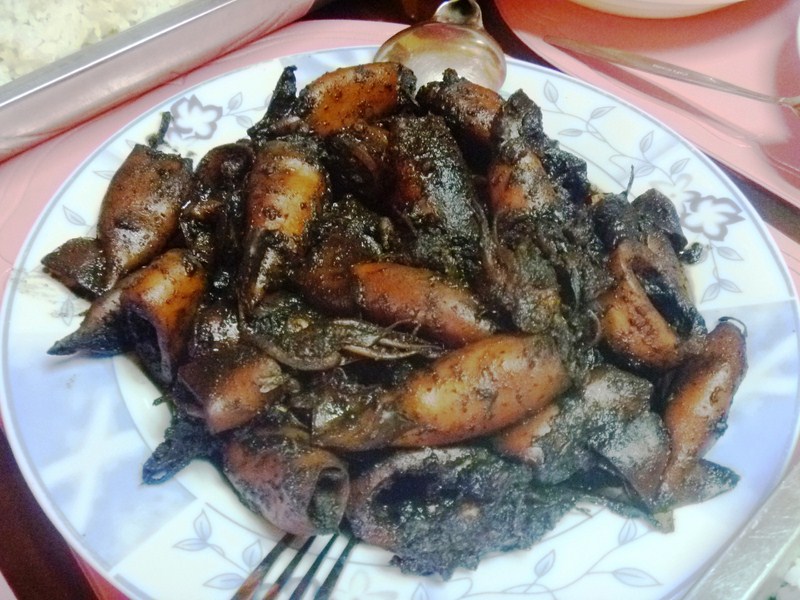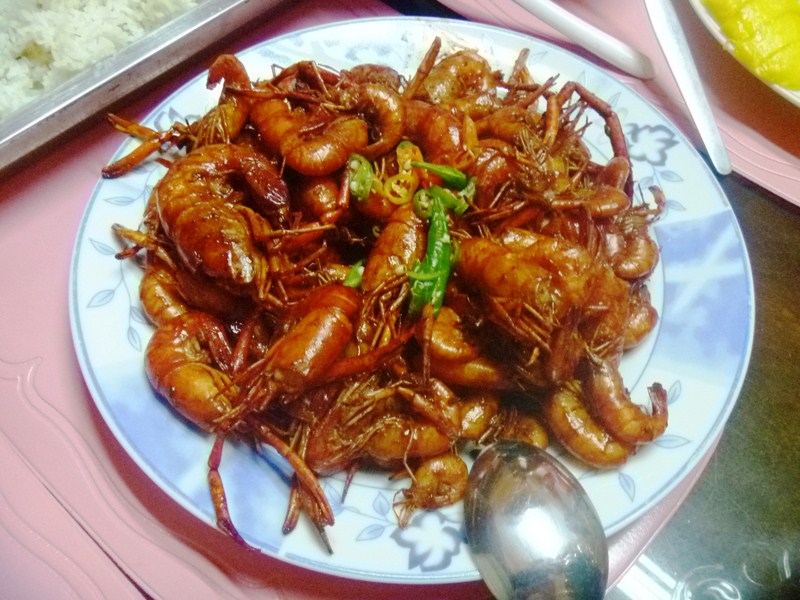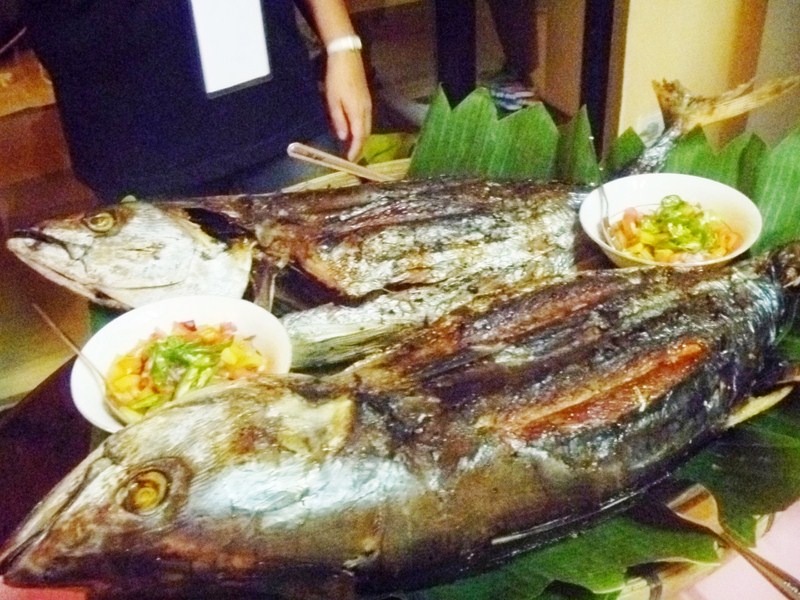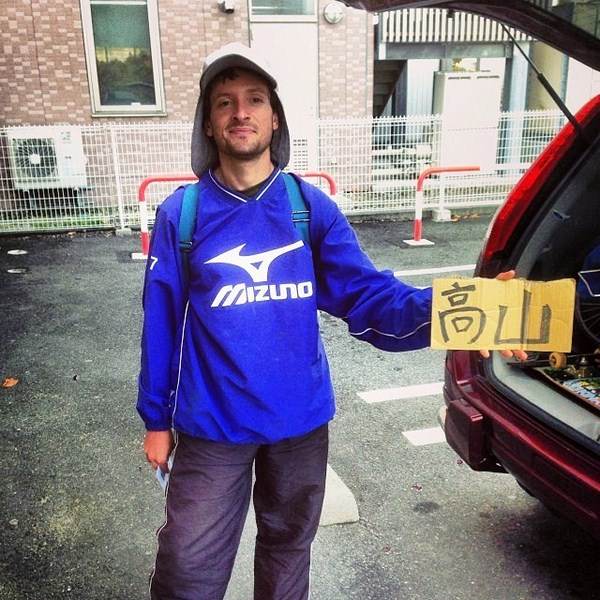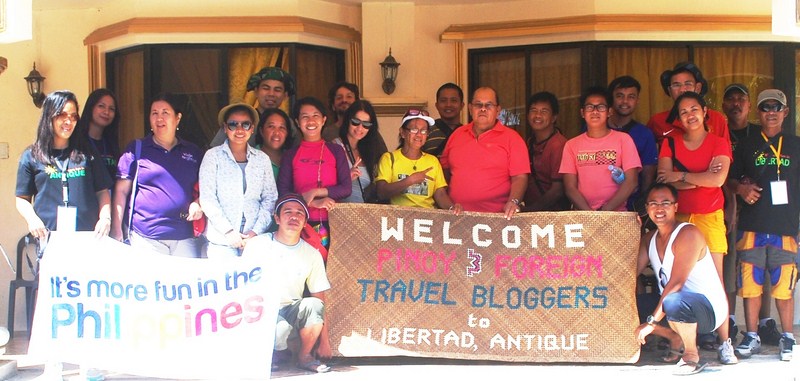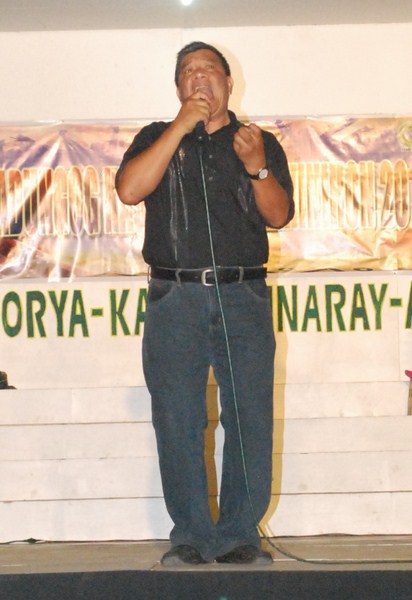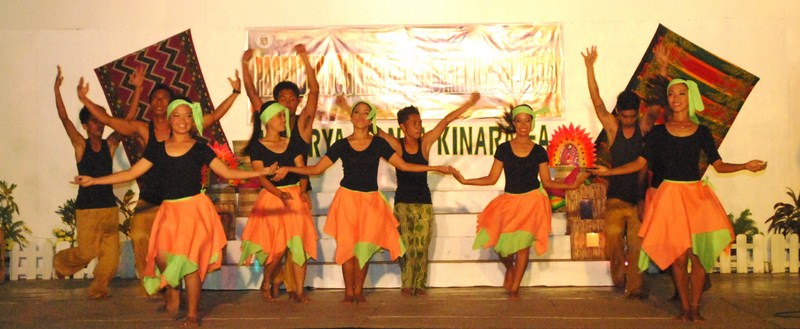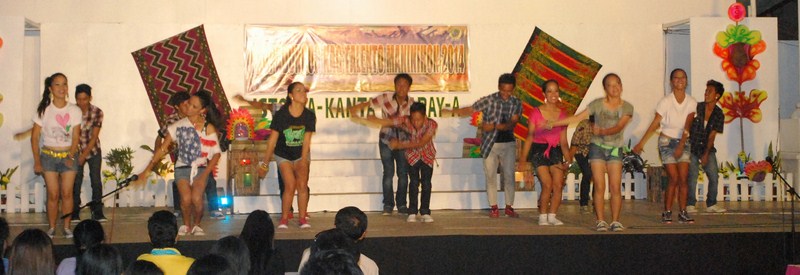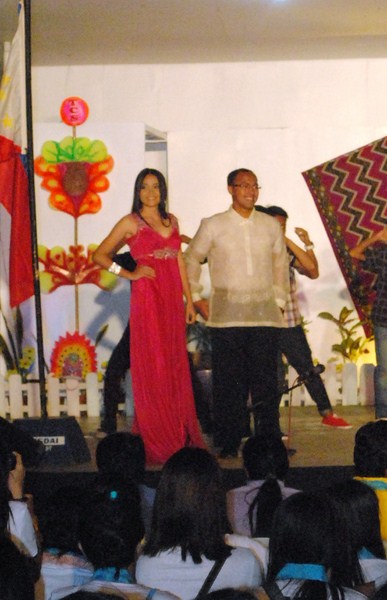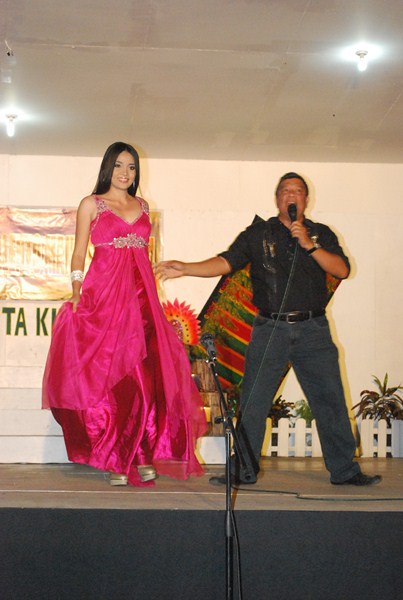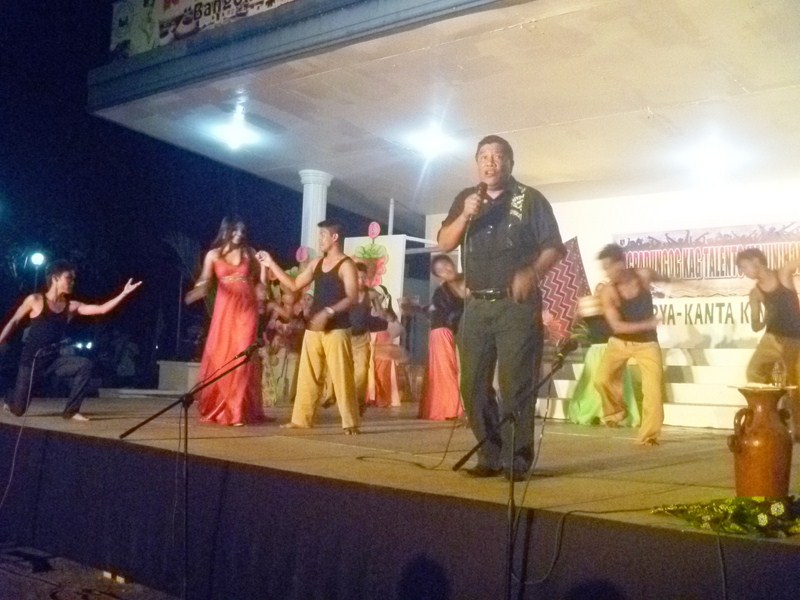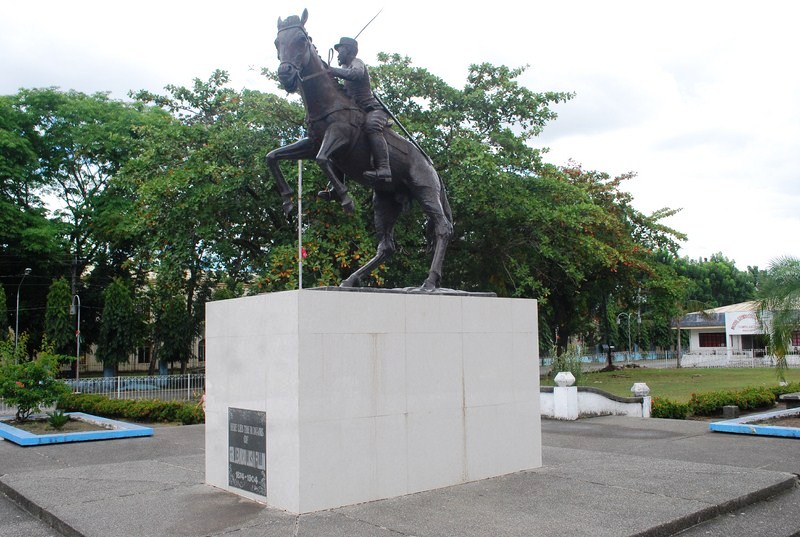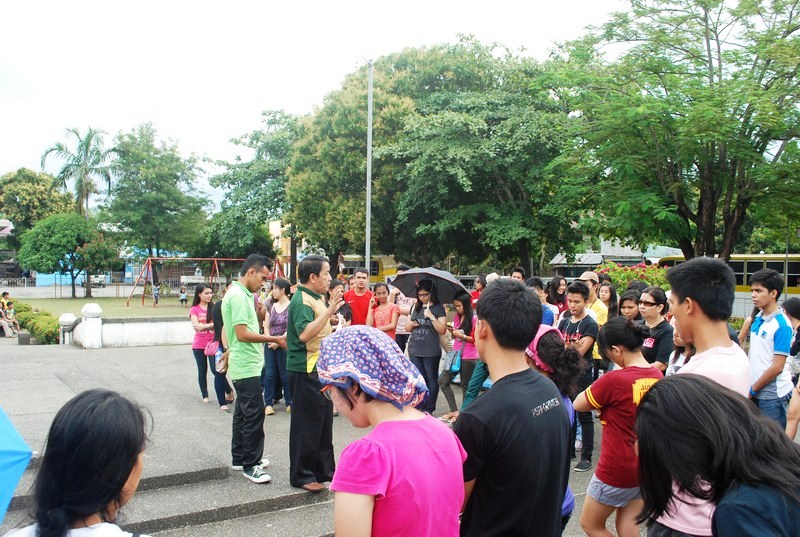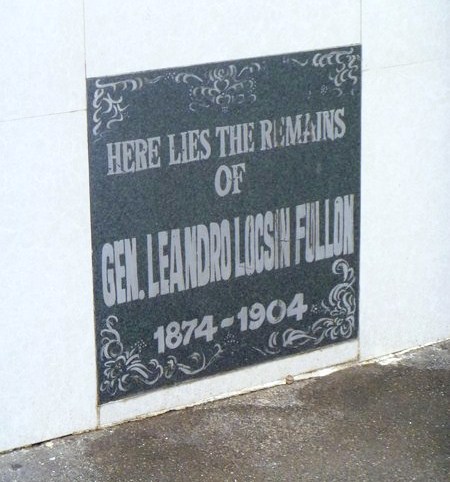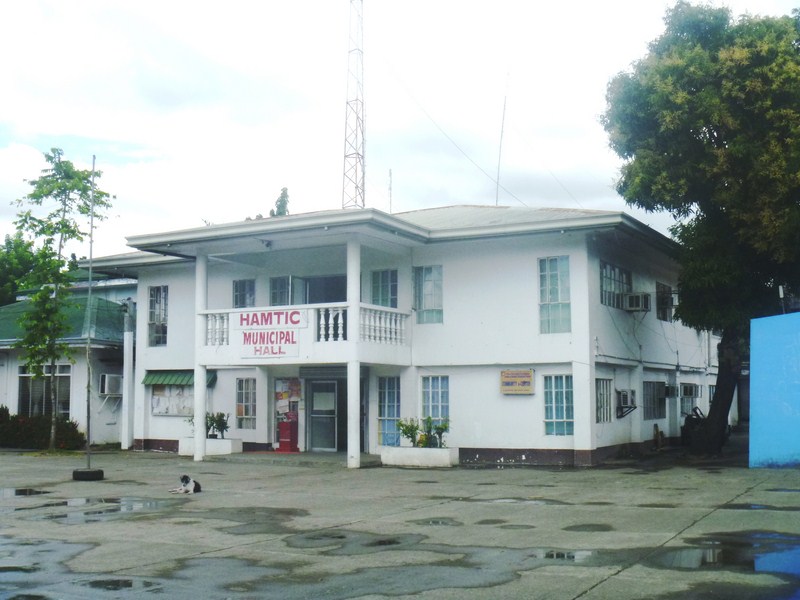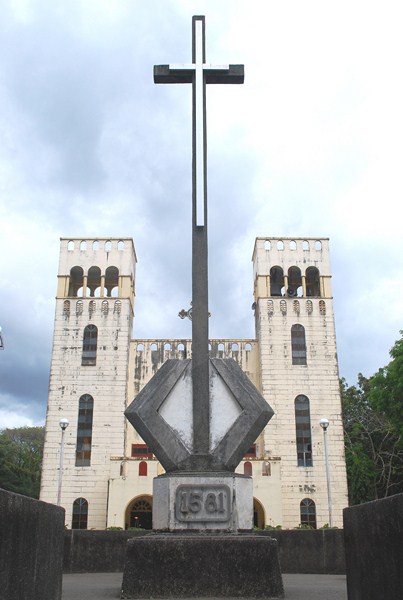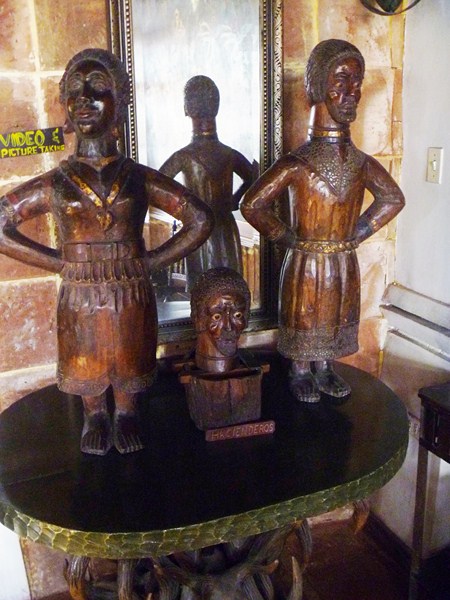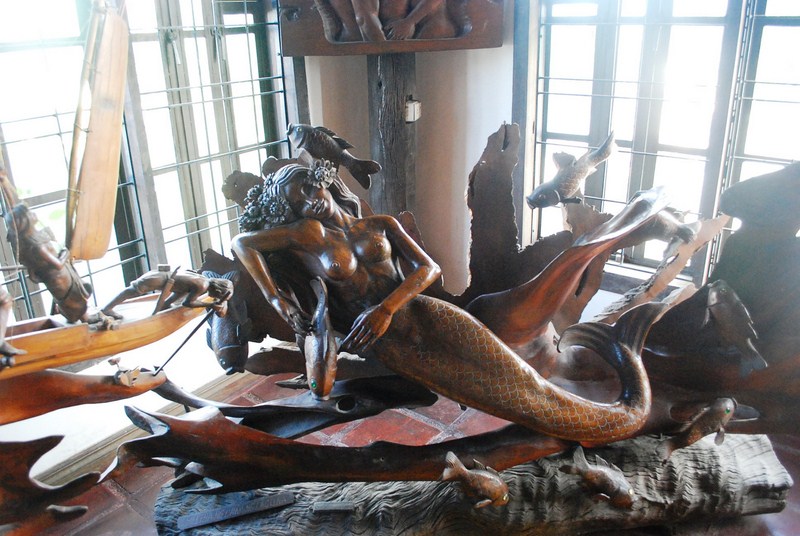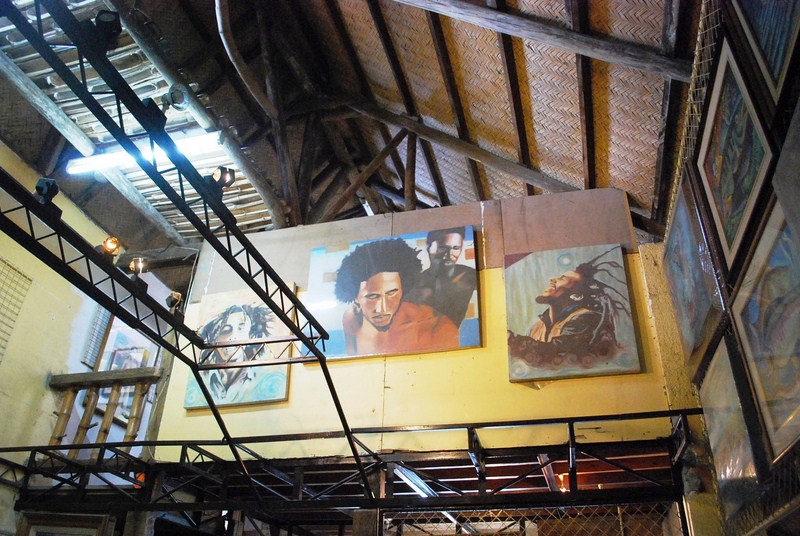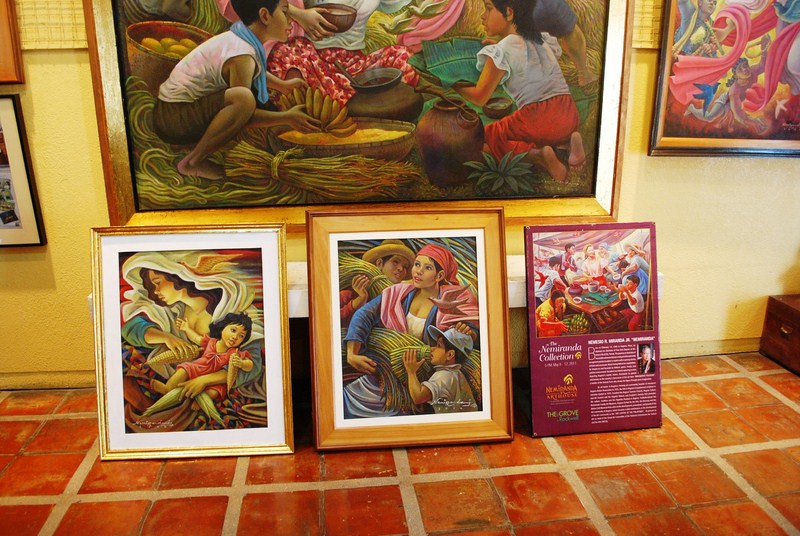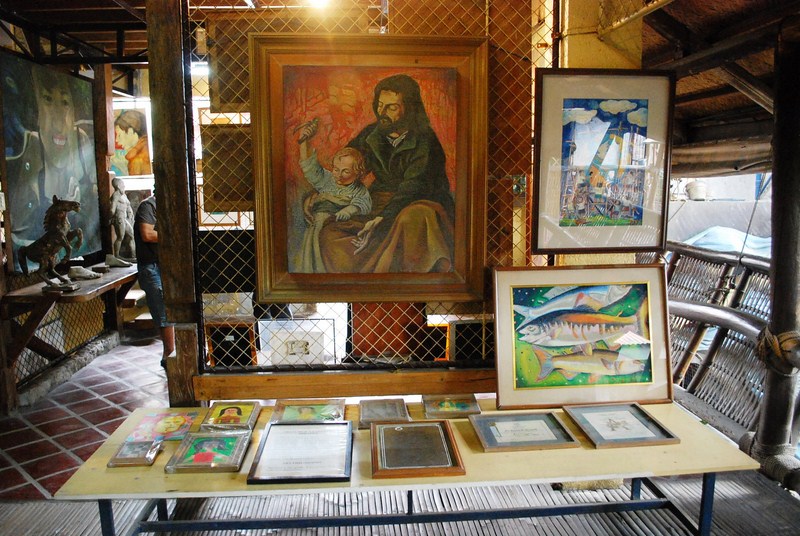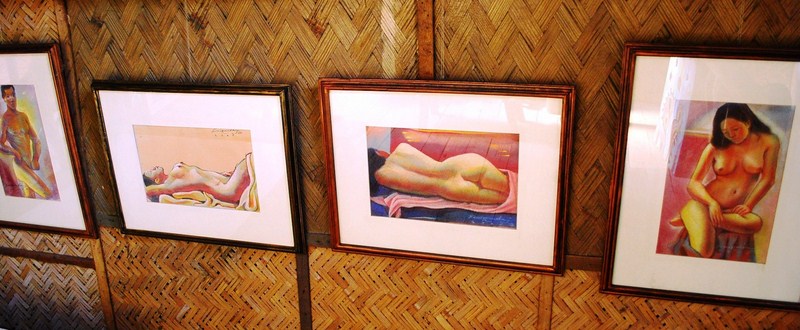The one-storey Onay Museum, completed in 2009, houses the life and works of Gen. Alexander Badong Yano, the 38th Chief of Staff of the Armed Forces of the Philippines (the highest position in the AFP hierarchy), the 49th Commanding General of the Philippine Army and the first and only AFP Chief of Staff and four-star general from Mindanao. The name “Onay” (as he was fondly called by his classmates) came from his last name in reverse.
As you enter the museum, you are welcomed by a big portrait showing the life and works of the general, depicting his childhood to adolescence and to his years in the Philippine Military Academy (PMA) and the Armed Forces of the Philippines (AFP).
Alexander Badong Yano, born on June 13, 1953 to the late Iñigo Yano and Gloria Badong, both retired public school teachers of Sindangan, Zamboanga del Norte, is the eldest in a brood of 5 (which includes Brig.-Gen. Cesar B. Yano, a Philippine Defense and Armed Forces Attaché, a diplomat in Washington D.C. and a Philippine Military Academy Class 1980 graduate).
In 1965, “Alex,” or “Boy” as he is fondly called, graduated Salutatorian from the public elementary school of Sindangan. Later, he pursued his secondary education in Saint Vincent’s College in Dipolog City, graduating with honors in 1969. Before taking the entrance examinations of the Philippine Military Academy, he took up 3 years (1969-1972) of Civil Engineering studies at the Cebu Institute of Technology where he was an irregular student due to activism.
In 1972, Alex entered the prestigious military institution. During his time in the PMA, he excelled more in athletics and extra-curricular activities establishing, among others, two PMA athletic records in the high jump and 400-meter low hurdles (a record, set in 1975, that remains unbroken up to this day). As a graduating cadet, he was accorded the coveted position of Regimental Adjutant of the PMA Cadet Corps, a recognition of his early leadership potentials. He graduated in 1976 as a member of the “Magilas” Class.
Later, to complete his military training, he took up courses in the Philippines such as the Special Forces Operations Course; Field Artillery Officers Course; Pre-Command Course for Battalion Commanders and the Command and General Staff Course. Abroad, he finished the Infantry Officers Advance Course in the US Army Infantry School, Fort Benning, Georgia, United States, landing in the Commandant’s List as an Honor Graduate.
Upon his graduation at the PMA, Alex was commissioned and called to active duty with the Philippine Army. His early years in the military service were spent mostly in combat assignments in Northern and Central Luzon and, during the height of the CPP/NPA rebellion in the 1970s and 1980s, in the provinces of Samar.
During the infamous Cabatangan crisis in November 2001, Yano hugged the limelight when, as Task Force Zamboanga Chief, he acted as overall ground tactical commander that led to the successful release of over a hundred civilian hostages and the eventual liberation of the Cabatangan Government Complex in Zamboanga City from over 300 fully armed MNLF Breakaway Group elements led by Julhambri Misuari, Nur Misuari’s nephew. After this crucial battle, the late Zamboanga City Mayor Maria Clara Lobregat gave him the moniker “Liberator of Cabatangan.”
After his tour of duty in Zamboanga City, then SOUTHCOM Chief Gen. Roy Cimatu personally handpicked him to command the 601st Army Brigade in SOCSARGEN at the height of terrorist bombings that rocked Gen Santos City in 2002. During his over two-year stint as brigade commander, no single terrorist bombing occurred in General Santos City. He also gained similar recognition as adopted son of both Zamboanga and Dipolog cities.
In 2003, as brigade commander, he earned his first star rank, the first in his PMA batch to become a general. In recognition of his invaluable contributions to that city, he was also declared as “adopted son” of General Santos City.
Later, he served as Assistant Division Comdr of the 9th Infantry Division in Bicol. For his proven competence and abilities, especially in understanding the intricacies of the Mindanao conflict, he was appointed, on July 7, 2004, as Chairperson of the Government Coordinating Committee on the Cessation of Hostilities with the MILF. Then, he briefly served as Chief of the AFP’s Civil Relations Service and AFP Spokesperson where he ably articulated the AFP’s position on various defense and security issues.
When Gen. Generoso Senga became the Philippine Army Chief, Yano was personally plucked from Camp Aguinaldo to assume as Chief of Staff of the Philippine Army. In April 2005, he earned his second star as a major-general, again the first to earn said rank in his class. On July 31, 2006, Alexander Yano was appointed head of the Southern Luzon Command and, on August 24, 2007, as the commander of the Philippine Army following the retirement of Lt.-Gen. Romeo Tolentino. On May 12, 2008, he succeeded Gen. Hermogenes C. Esperon, Jr. as AFP Chief-of-Staff.
On May 1, 2009, he retired one-month earlier and was succeeded by Lt. Gen. Victor Ibrado of Philippine Army, his PMA classmate, as AFP chief of staff. Right after his retirement from the military service, he was appointed as Ambassador to Brunei Darussalam by former President Gloria Macapagal-Arroyo. He has published two books namely “Onay: A Personal Journey” and “The Man Who Dared to Dream.”
A well-respected general who spent most of his military career in the field, Alex is known as the ‘Soldier’s soldier” for his professional competence and excellent leadership that earned him the respect and admiration of his men, colleagues, and superiors. He is married to the former Estela Aragon from La Union, a retired military nurse, and blessed with a son, Ervin Andrew, also a nurse by profession.
Among Yano’s impressive and incredible collections on display are items from his boyhood days in Sindangan and Dipolog, college days in Cebu and cadetship in PMA; memorabilia of a life well lived in the service of his fellowmen; uniforms; nameplates; trophies; plaques of appreciation; photos (including one with Manny Pacquiao); news clippings about his great works and legacy, and other items gathered in the course of his 37 years in the military and his ambassadorial tour in Brunei Darussalam.

The general’s various uniforms. The upper two and the one at lower left are from his PMA days. The rest are his dress and field uniforms as AFP Chief of Staff
Among the array of things displayed in the museum is a letter written by him as a Grade I pupil on July 4, 1960 addressed to his grandmother and uncle to send him money for his uniform and clothing.
As a testament to his exemplary achievements, he received various military awards and medals in recognition of his courage and bravery.
On display, they include four Distinguished Service Stars; the Philippine Legion of Honor (Degree of Officer); four Outstanding Achievement Medals; the Philippine Republic Presidential Unit Citation; the Anti-Dissidence Campaign Medal; the Long Service Medal; the Visayas Anti-Dissidence Campaign Medal; the Mindanao Anti-Dissidence Campaign Medal; the Military Civic Action Medal; Silver Wing Medal, Honorary PAF Gold Wings, Honorary Flag Rank Command Badge, the Military Commendation Medal; the Gold Cross Medal for gallantry in combat; the Disaster Relief and Rehabilitation Operations Ribbon; the Gawad sa Kaunlaran; Bronze Cross Medal and 27 Military Merit Medals. He also received his Honorary Airborne Wings from the Royal Thai Army.
In 2003 and in 2005, he was awarded as “Most Outstanding Zamboanga del Norte Citizen.” On December 2005, he received the “Outstanding Alumnus Award” from St Vincent’s College in Dipolog City and, on November 2005, he was conferred the “PMA Achievement Award” by PMA in Baguio City.
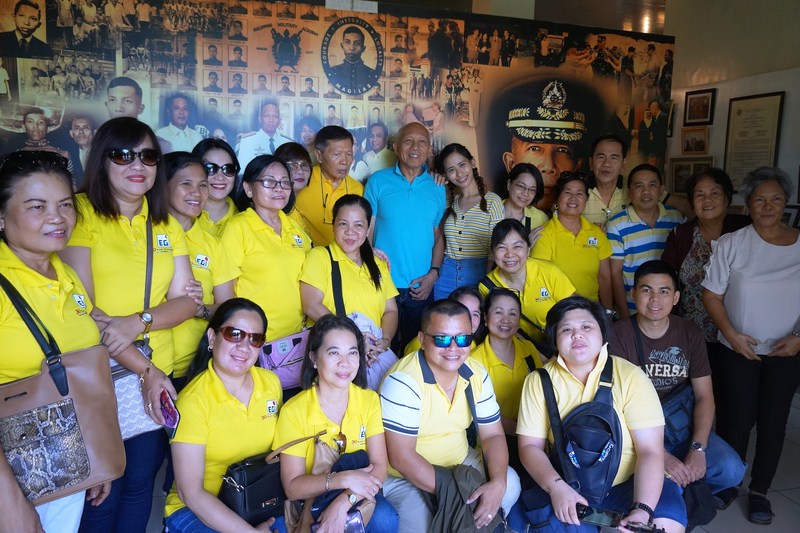
Gen. Yano (in blue) with visitors from E. Ganzon, Inc.. On Yano’s right is EGI President Eulalio Ganzon
Onay Museum: Brgy. Sicayab, Dipolog City, Zamboanga del Norte. Though open to the public, before one could explore the gallery, one has to seek prior permission from the general or his caretaker.


